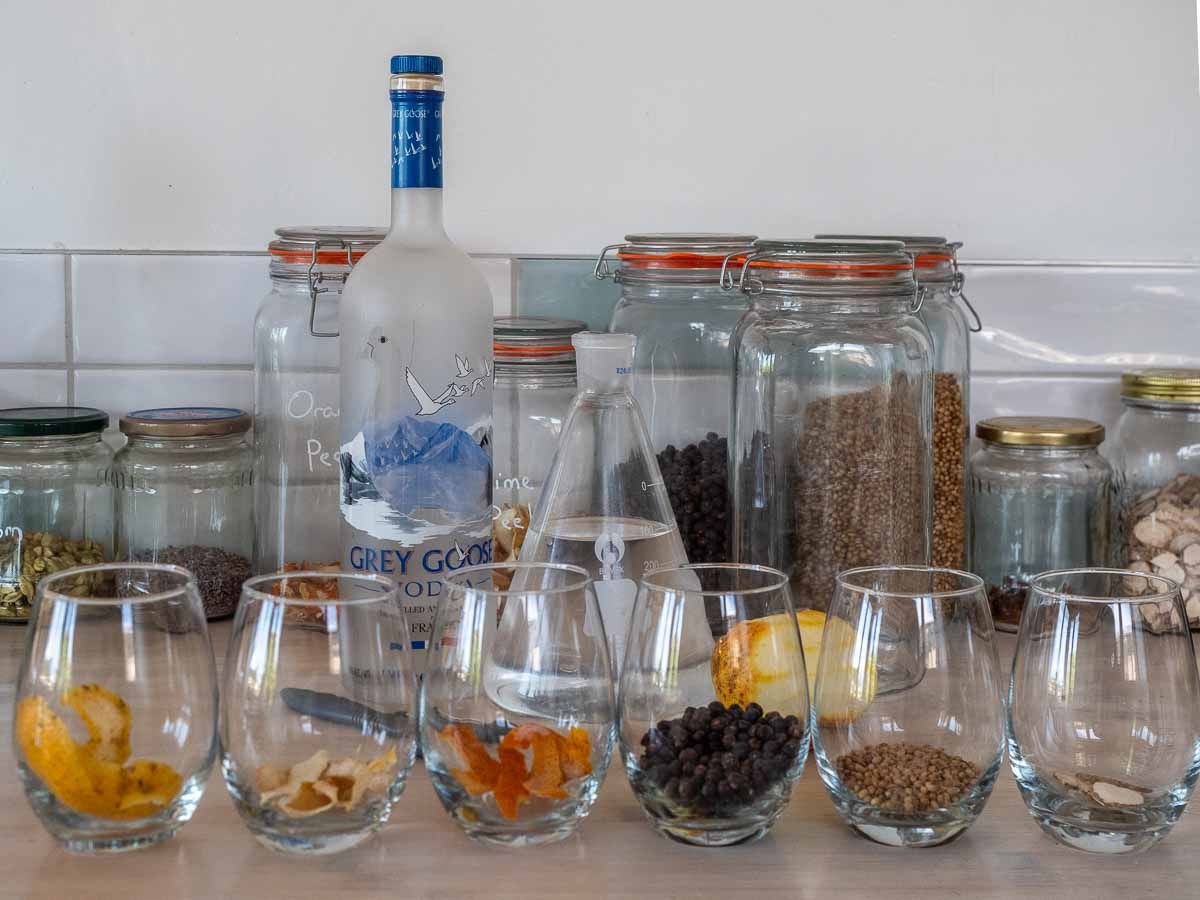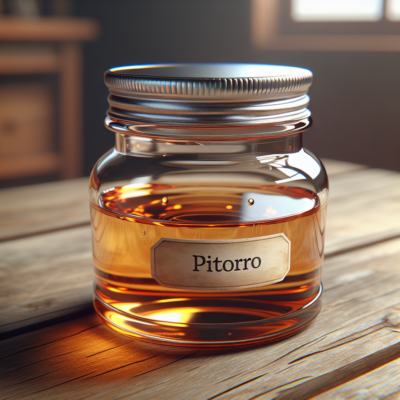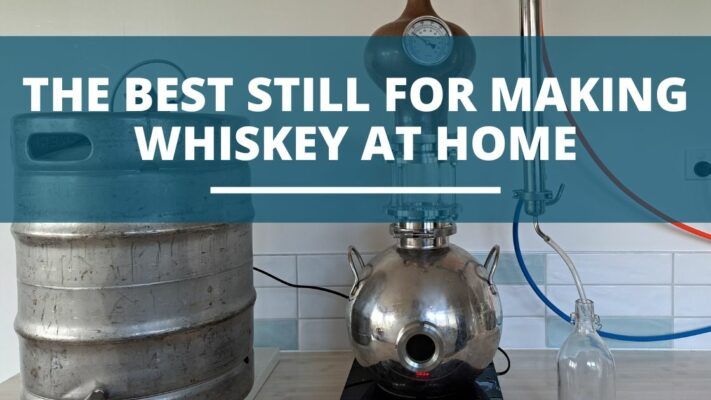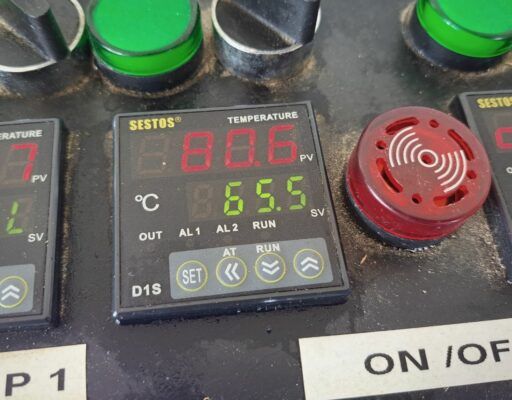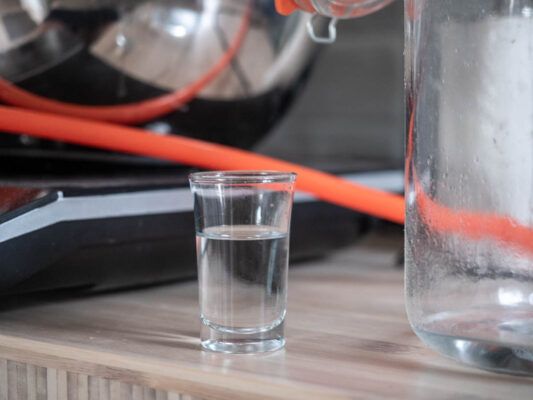Uncategorized
Easy Bathtub Gin Recipe (No Distillation Required!)
Bathtub gin refers to an alcohol-based drink mixture produced at home in the 1920s or anywhere using non-professional methods.
You can make Bathtub Gin at home by combining gin botanicals with a good quality vodka and leaving it to infuse for a few days.
In this recipe, I’ll share my favorite method of making bathtub gin and give some tips on making it at home.
Table of Contents
The Backstory Of Bathtub Gin

Before the prohibition, gin was a popular spirit in America, preferred mainly by the upper class. It was consumed more than vodka and rum. After the ban took effect, gin became scarce and was no longer available. However, there was still a demand for it. And so, bootleggers met the demand by producing a drink that approximated gin by infusing cheap grain alcohol (think bad vodka) with juniper berries as flavoring.
It was called bathtub gin because the bottles they were using were too large to fit in the kitchen sink. And so, they would place the containers in the bathtub and fill them up with tap water. They added water to the mix to cut the cheap, low-quality alcohol, which had an unpleasant taste and was high percentage ABV.
There are two types of bathtub gin, the historical kind which is how the name originated, and the contemporary take on this drink.
Nowadays, bathtub gin refers to a gin infusion made at home with commercial alcohol. Typically this recipe takes juniper, coriander, fruit, sugar, and a cheap bottle of gin or vodka. It makes a sweet, fruity liqueur with a vodka base.
Our Classic Bathtub Gin Recipe
This base blend combines the three must-have ingredients of the bathtub gin. It included juniper berries, coriander seed, and angelica root.
Enjoy this blend straight and simple with an option to add whatever you prefer.

Ingredients (Per Litre)
This is per litre of finished gin. Want to make a gallon? Multiply the recipe by 4 🙂
- 1L good vodka
- 35 grams of Juniper berries
- 10 grams of coriander seeds
- 5 grams of angelica root
- 2 peels of grapefruit
- 2 peels of orange
- 2 peels of lime
Things you will need
- 1l (or bigger) glass jar
- Sieve or Coffee filter (I use a ceramic vacuum filter but you definitely don’t need that!)
- High resolution gram scales for measuring botanicals
Instructions
1. Sterilize the glass jar by washing it in hot and soapy water. Wipe dry and let air dry as well.
2. Pour 1000 ml vodka into the jar (you may use normal quality vodka)

3. Measure out your botanicals. For this recipe, I’ve used far more botanicals than you’d typically use in a gin. Why? Because we’re extracting by infusing with 40% vodka which is incredibly inefficient.


3. Add Juniper berries, Coriander Seeds, and Angelica root in the jar with the vodka. Swirl around to mix.


4. Cover the jar with a lid and let steep for 24 hours in a cool dark place.

5. After steeping for 24 hours, sieve the mixture by pouring it into another glass container. Then, put a coffee filter back into the mason jar or the vodka bottle for final filtering. The gin may become yellowish, and that is perfectly normal.


Bottle and Store your bathtub gin away from sunlight and make a fruit punch by adding juice or any other desired flavor when you are ready.

My Top 3 Tips When Making Bathtub Gin
Here’s a couple of tips when it comes to actually making gin.
1. Always weigh your ingredients.
Measuring ingredients by weight rather than volume provides more accuracy and consistency. Also (as an engineer) a pet peeve of mine is seeing recipes say thinks like ‘1 piece of orange peel’. Like seriously – how big is that?
Like mentioned above, get yourself a good set (or two) of digital scales. One for large quantities of ingredients like Juniper, and one for small amounts of more delicate ingredients.

2. Normalise recipes for grams per litre
This means taking the weight of each ingredient and dividing it by the total volume of the spirits. This allows you to compare recipes easily, regardless of the volume of spirits you’re making.
It also means you can easily scale your recipes. Want to make 10L, simply times everything by 10x! (Yes, ok, in reality it doesn’t quite work that easily but that’s another book)
5. Leave a week to mature before tasting
Gin can change flavor over time, so allowing it to sit for a week before tasting can help you identify any changes in flavor.
This may seem trivial, but I’ve made gins that taste terrible right off the still. I would pack up feeling disappointed that the past few hours of toil had been in vain.
However, when coming back to the gin a day, a week, or 2 weeks later it’s somehow transformed into something really enjoyable.
Final Thoughts
I hope you’ve enjoyed my take on a traditional bathtub gin
The key to this style of gin is infusing vodka (ethanol) with traditional gin botanicals and then filtering and drinking without distillation. You’ll end up with a vibrant green or yellow spirit with a potent spice and sweetness that you can’t find in regular distilled gins.
And best of all – its totally legal in countries where distilling is not!
Let me know in the comments below if you tried this recipe and what you think?
Alright, let’s drink some gin.

